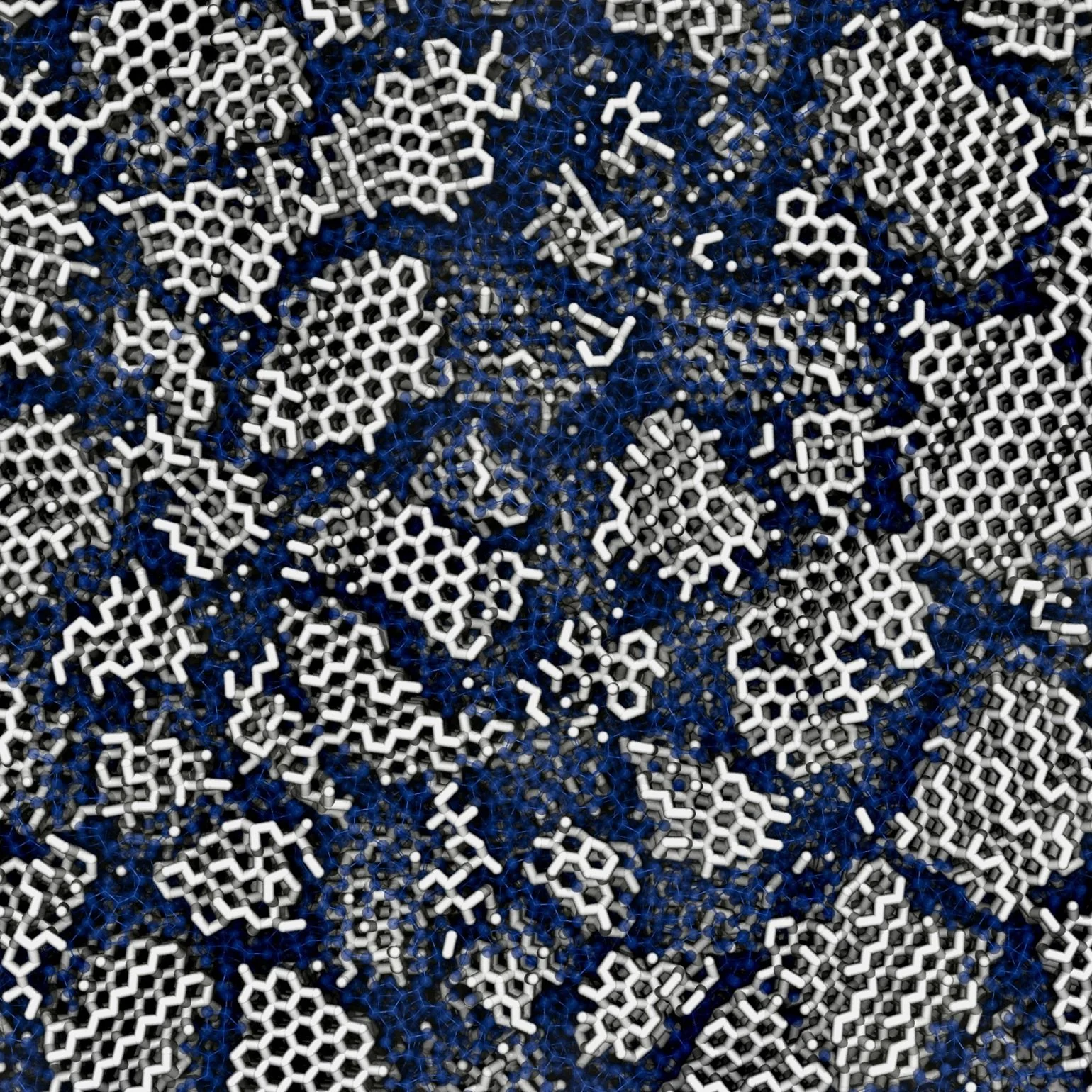Chronic pain is a major cause of misery for millions of people worldwide and bestows significant costs upon society. To mitigate pain, people often resort to conventional pain-relief remedies like painkillers. Sadly these often come with an assortment of side effects.
Swedish scientists achieved a major breakthrough with a new personalized technique to relieve intense pain without the customary side effects often linked to pain relief drugs.
Chronic pain can be debilitating - Image Credit fizkes via Shutterstock / HDR tune by Universal-Sci
High-impact chronic pain can limit functioning in everyday life
Research published by the Center for Disease Control and Prevention shows that, in the United States, approximately 20% of the population deals with chronic pain, 8% of which suffers from severe, high-impact chronic pain.
Chronic pain has been associated with many mental and physical issues and is one of the main contributors to lost productivity and high health care costs. It often leads to restricted mobility, anxiety, dependence on opioids, and depression. Understandably these issues provide scientists with a great incentive to pursue better methods for pain relief.
The most frequently used method of pain management is with the help of drugs. However, this method often comes paired with side effects and sometimes even dependence or addiction. A team of scientists at Lund University developed a drug-free technique to alleviate pain via personalized stimulation using ultra-thin, tissue-friendly microelectrodes.
How to eliminate side effects
Jens Schouenborg, professor of neurophysiology and lead researcher of the paper published in Science Advances, explained that the electrodes used for the research are very soft and remarkably gentle on the brain. They precisely activate the pain control centers of the brain while concurrently evading the stimulation of nerve cells that create side effects.
The process involves implanting a group of ultra-thin electrodes. Subsequently, the specific electrodes that provide pure pain relief without side effects are carefully isolated. This method enables exceptionally accurate and personalized stimulation treatment.
The Lund method could mean the end of side-effects associated with conventional painkillers for people that suffer from chronic pain - Image Credit: fizkes via Shutterswtock / HDR tune by Universal-Sci
Pain is stopped by engaging the brain's pain control centers, which then only block the signal transfer in the pain pathways to the cerebral cortex.
The team has succeeded in creating a nearly total blockade of pain without impacting any motor skill or sensory system. The method vastly outperformed morphine without the cognitive effects associated with morphine use.
Matilde Forni, first author of the pain study: "Our results show that it is actually possible to develop powerful and side-effect-free pain relief, something that has been a major challenge up to now."
The study in Lund was conducted on rats. Could the results be transferable to humans?
Forni explained that that is their goal, as the human brain has comparable control systems to that of rats. According to Forni, it is possible to up-scale the electrode designs to be applicable to humans.
Treating Parkinson's and depression
According to Schouenborg, the technique can, in principle, be tailored to all parts of the brain. This means that it may be useful for more than just pain relief. One could think of the treatment of degenerative brain illnesses like Parkinson's disease but also for conditions such as epilepsy and depression.
These are all tracks to explore, but first of all, the Lund scientists expressed hope that their technique will provide adequate treatment for individuals suffering from severe chronic pain in less than 8 years.
Sources and further reading:
Prevalence of Chronic Pain and High-Impact Chronic Pain Among Adults — United States, 2016 (MMWR)
3D microelectrode cluster and stimulation paradigm yield powerful analgesia without noticeable adverse effects - (Science Advances)
Playing video games at a young age may lower risk of depression later in life (Universal-Sci)
Does the brain really feel no pain? (Universal-Sci)
If you enjoy our selection of content, consider subscribing to our newsletter - (Universal-Sci Weekly)
FEATURED ARTICLES:











